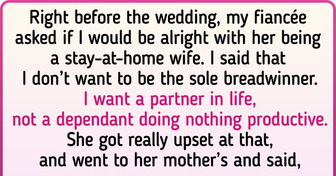The World’s Hairiest Girl Is Completely Shaved, and She Looks Unrecognizable Now

Road trips are fun, but sometimes you find yourself stuck on the road for hours! There seems to be no reason. It’s like a traffic jam coming out of nowhere to spoil your journey. Let’s find out more about these miles-long car queues.
You might ask, “How bad could it be? The road will eventually be open.” Some of the worst traffic jams might answer this question on my behalf. In American History, traffic jams can be traced back to the 60s.
In 1969, the music & arts Festival was held in New York. Way more people commuted to the festival than the festival organizers had expected. In the end, cars got stuck for 8 hours on the New York State Thruway.
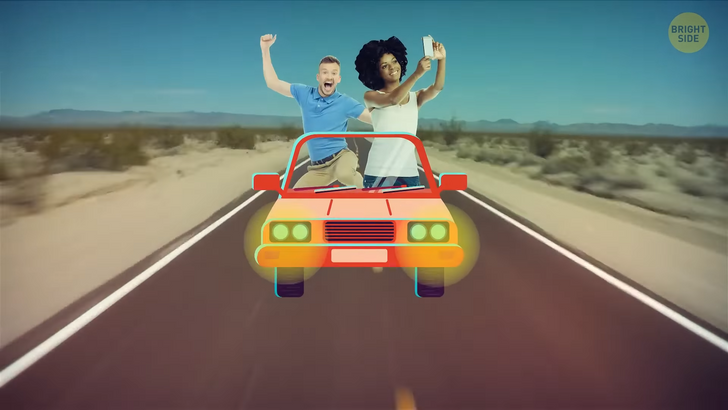
In 2005, around 2.5 million people needed to evacuate from Texas due to a natural phenomenon. Since everyone gets in their cars around the same time, they collectively create 100-mile-long congestion on an interstate highway. It took nearly 2 days to open the road again! In the winter of 2011, a blizzard hit Chicago, Illinois. The snow caused multiple major accidents. People ended up spending more than 12 hours in their vehicles. Their cars were buried in the snow. It looked like a scene from a movie.
Of course, traffic jams are not joy destroyers unique to the US. In 1980, hundreds of people in France created an almost 110 miles long jam. What happens if hundreds of people return from a ski holiday around the same time? A huge traffic jam that gets into the Guinness World Records forms. Drivers had to drive slowly because of bad weather conditions. After this stressful experience, they probably crawled for another vacation. Hmm, maybe a massage therapy to loosen their muscles.
Another world record comes from São Paulo. Imagine being trapped in the car for 180 miles. This case belongs to 2009, but heavy traffic is a big problem for the city in general. Regardless of the day or time, the city always has congestion on some roads.
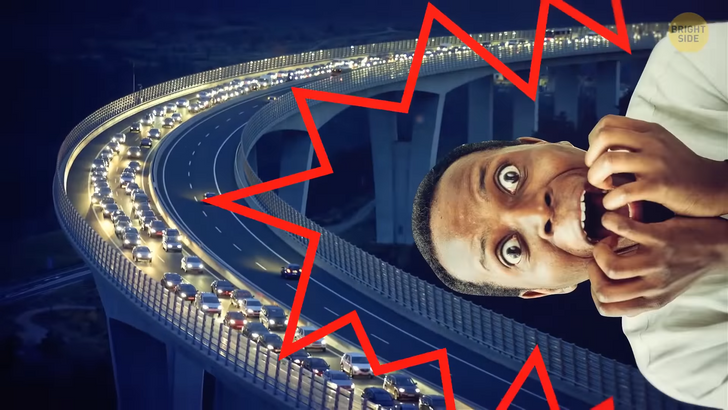
Los Angeles shares the same destiny as São Paulo. The city isn’t just famous for Hollywood and other gorgeous amenities. It’s also a place where you can experience the world’s longest rush hour. So much so that the average time a driver spends in traffic delays is around 100 hours per year. Blizzards, extreme fog, or accidents are solid reasons for traffic jams, but sometimes there’s no obvious reason.
First, traffic slows down. Then it stops entirely. It can take hours or only minutes for the cars to move again. Suddenly, you’re driving in an open line like Lightning McQueen. Was there a road construction, or I don’t know, tons of apples spilled on the road from a truck? There are multiple Causes of traffic jams. It starts with us humans.
Apparently, the driver’s reaction time affects the size and formation of traffic jams. If the driver fails to perceive and respond at the correct time, the traffic gets inconsistent. One driver’s delayed reaction affects the others. This creates an accordion effect. Studies reveal that human factor significantly affects congestion. Around 650,000 drivers are using their cell phones while driving. This is one of the reasons the perception and response time of drivers drops. Bad driving behavior can lead to phantom traffic jams.
The roads are haunted by supernatural creatures. I’m kidding. I’ll get to phantom traffic jams later on. We cannot turn into robots. Even though we keep our eyes off the phone or ignore the thoughts in our heads, we cannot magically make every driver react at the same speed, for instance. For that, we can get help from technology. Self-driving cars can comply with slow-downs more accurately compared to us. In theory, these types of cars can be effective in solving this problem.
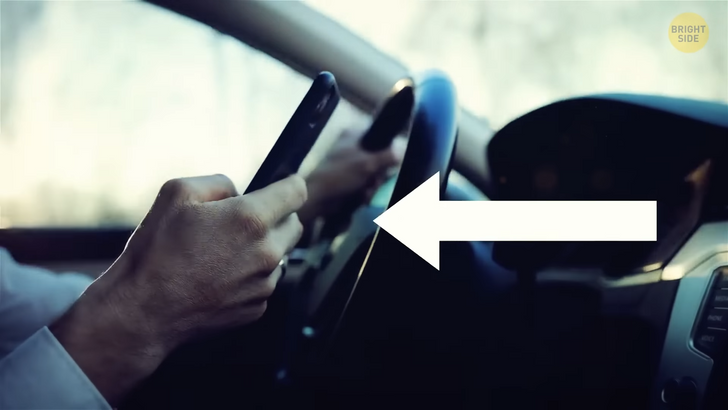
Is it just humans that cause the traffic? No, sometimes computers make errors, and traffic signs stop working. Other times green lights don’t hold on for enough time. You stop at the red lights, 4 cars in front of you make a turn, and boom; the lights turn to red. Here comes a queue. There are engineering errors too.
Some traffic areas are overdeveloped. There the mass transit system is already overcrowded, but the road system is inadequate for the demand. More obvious reasons, such as poor weather conditions and accidents, also block the traffic. Some routes lack public transportation options, so people had to hop into the car to reach their destination. Oh, and you can add construction work, lane closure, or double-parking blockage to the list.
Now we can talk about phantom traffic jams. Imagine you’re on an already busy road. One driver brakes harshly to avoid hitting the car in front of it. This driver didn’t follow a simple rule; safe stopping distance. You should leave room in between the cars before and after you. If people see the traffic density ahead, they should take their foot off the speed pedal at the right time. That can prevent traffic jams from arising.
If one person waits until the last second to brake, they slow everyone down. This chain reaction can also be formed by a bump in the road too. One car brakes, and the one behind it brakes slightly more than it should have. What’s more interesting is that even when cars get out of this traffic wave, the wave itself doesn’t go away: it slowly drifts backward against the direction of traffic.
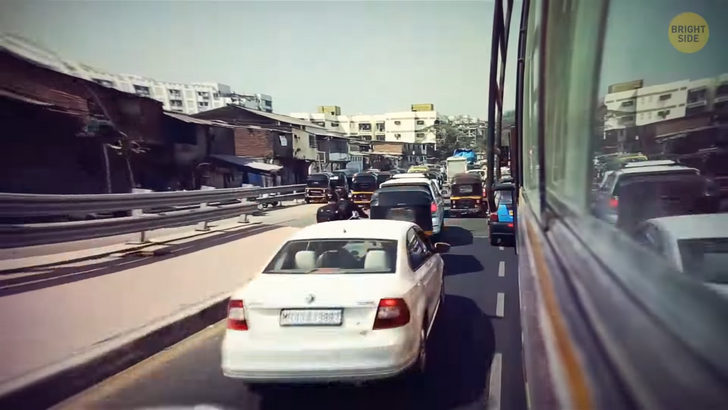
Japanese researchers experimented with this phenomenon. They put 22 drivers on a small circular road. Drivers went at the same speed and kept the same space between themselves. Anyway, even in this small and controlled circle, traffic waves formed! This experiment proved that individual drivers are an important factor in traffic blockage.
Yet, behavioral change doesn’t completely end phantom traffic jams. Studies show that even if all cars move following the exact same rules and not even one driver does anything wrong, these waves can still occur! But if there are enough cars on the highway, even if people use their best driving abilities, phantom traffic jams will form. Because we are humans, and we can’t eliminate the human error factor even if we want to.
Is there a white light at the end of the road? Yes, there are some things engineers can do to make blockages go away. If the roads are straight and smooth, the risk of heavy traffic decreases. The drivers won’t hit the brakes suddenly. Knowing this, engineers designed most highways as straight as possible. They also placed variable speed limits to cut down on these traffic jams.
These types of speed limits are like chameleons. The maximum speed limit is displayed on electronic traffic signs and changes according to the weather and road conditions. Since the speed limit is flexible, the areas leading into a phantom traffic jam are also controlled. Drivers slow down gradually.
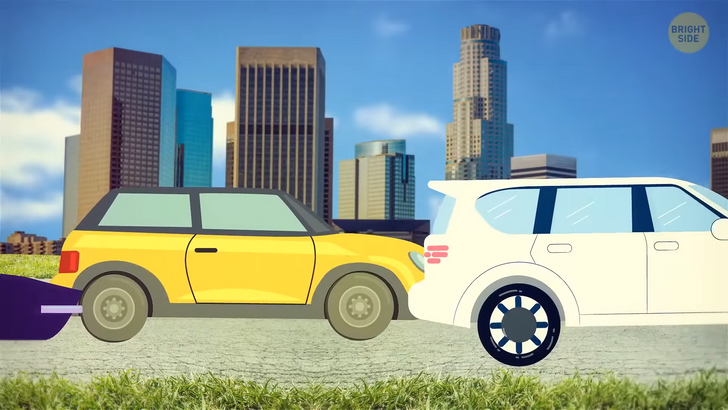
People spend hours in traffic every day commuting to work. This is a waste of time, energy, and productivity. These jams surely cost time, but they’re also expensive. Experts say that it costs the U.S. economy around $179 billion each year. If you’re one of those people, here are must-have things in your car in case you caught up in one.
The most prominent personality of a traffic jam is you’ll rarely know when it can happen. A first aid kit is a must for this occasion. The same thing applies to medicines. Snacks, yeah, you don’t want to be starving in the middle of a highway. A chocolate bar can easily cheer you up in a traffic jam. You can add hand sanitizers and wet wipes to the list.
A phone charger is also vital. It’s important for communication but also, you know, scrolling through Instagram or watching funny cat videos boost your mood. Cushions, pillows, and blankets. You can take turns and nap for a while. Do you have a traffic jam memory that you want to erase from your brain forever? If so, tell us about it.










